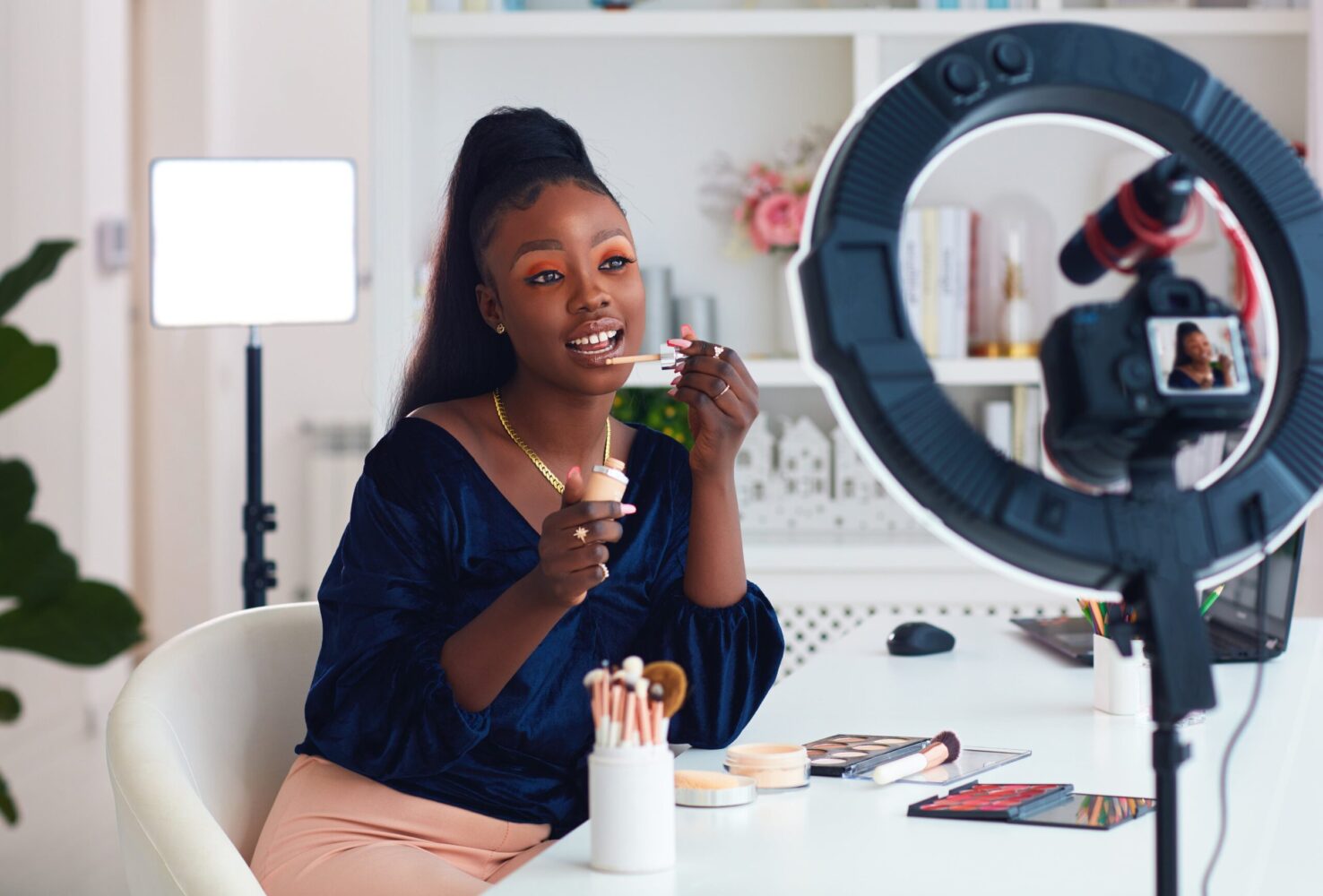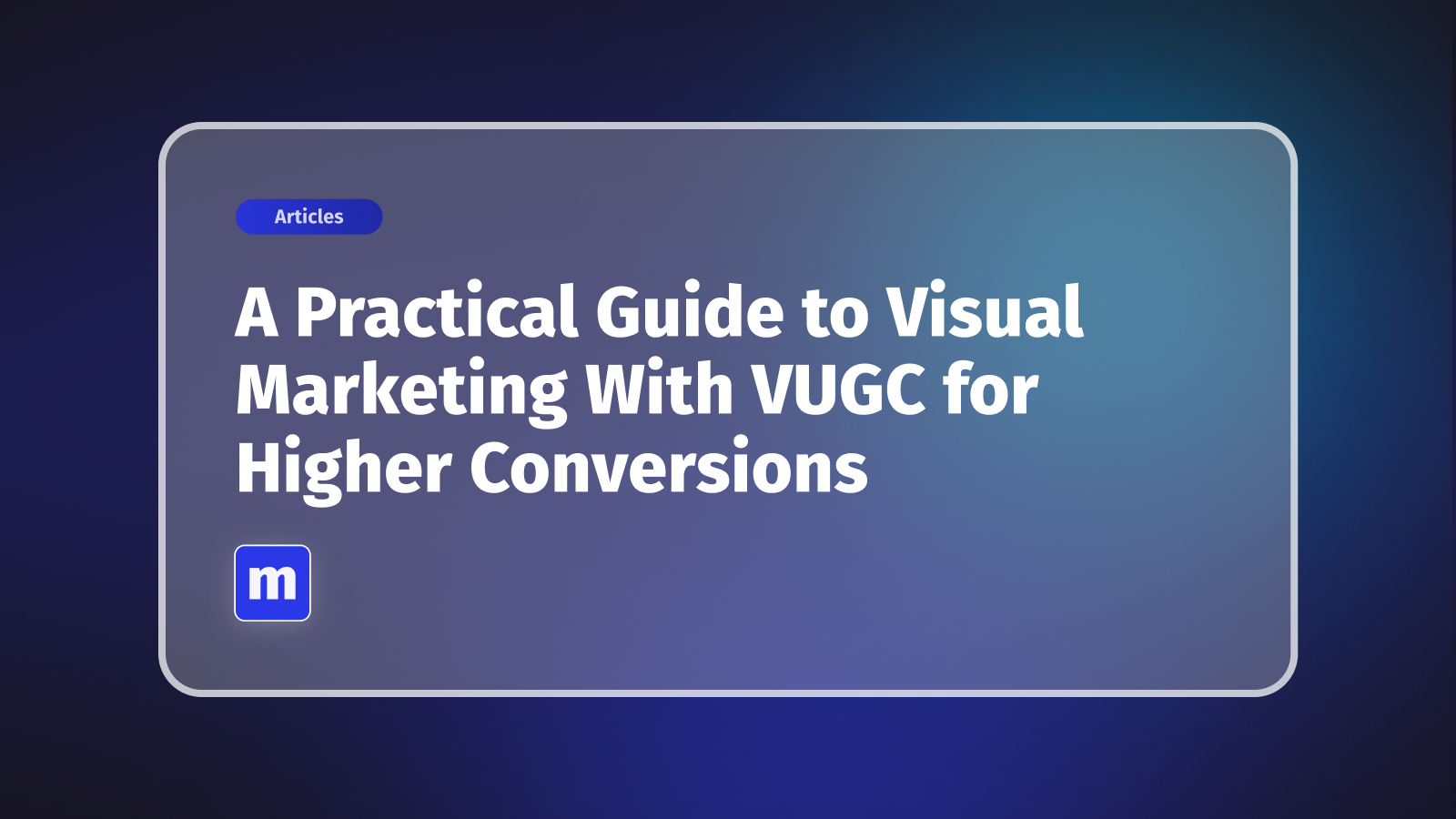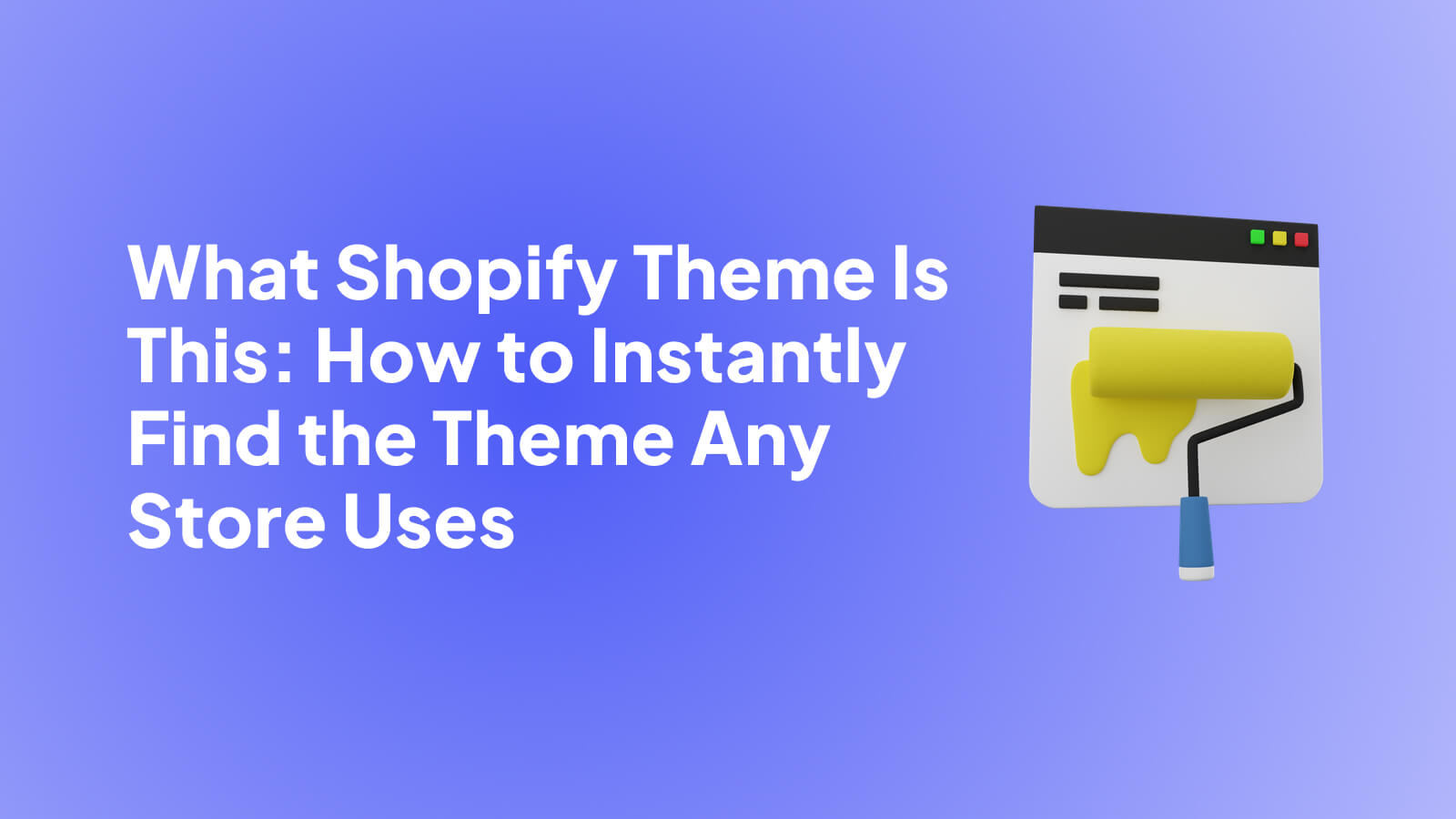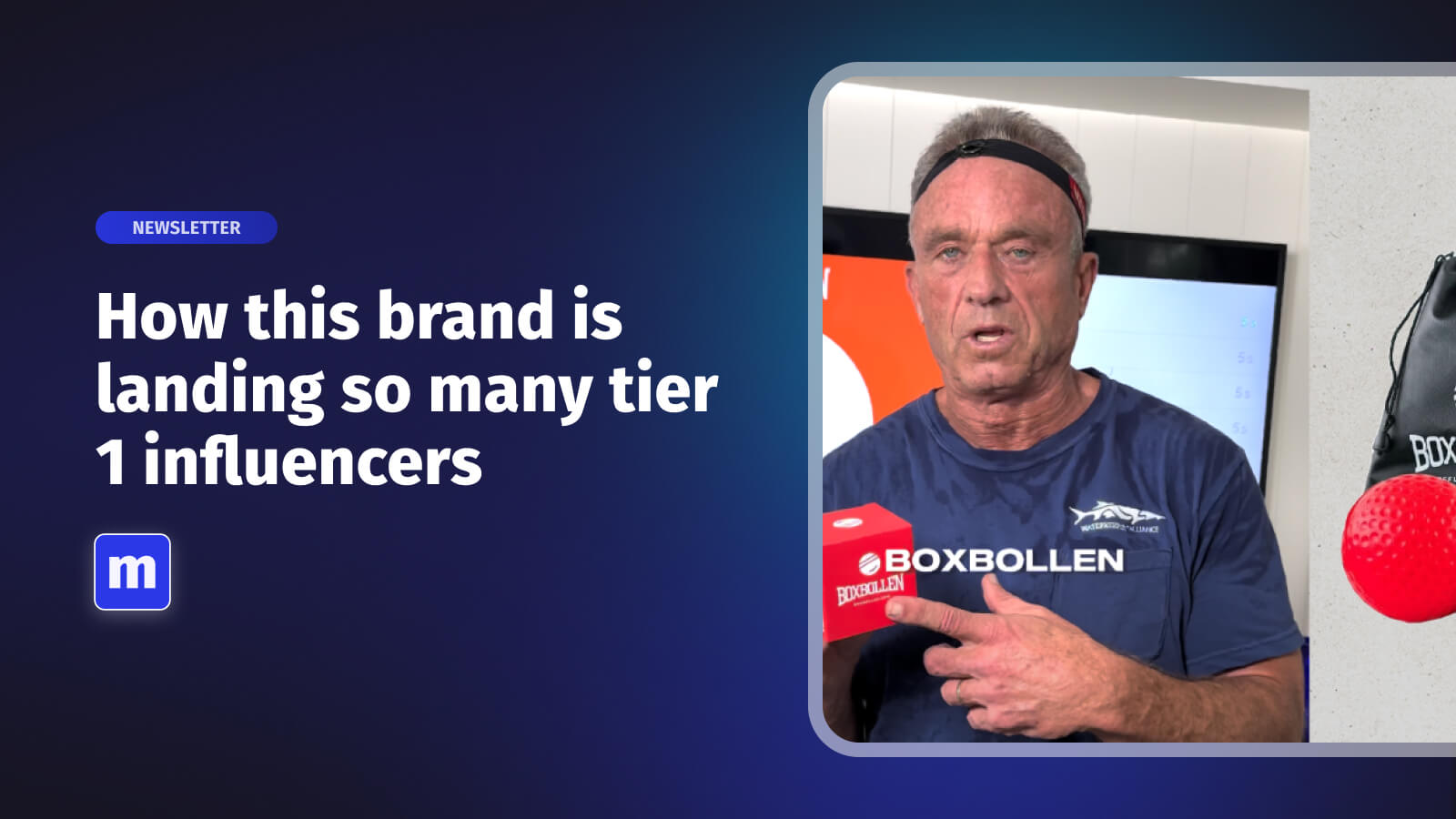
User-Generated Content (UGC) has become a cornerstone of modern marketing, transforming how brands connect with their audiences. Imagine if your customers not only bought your products but also became your most enthusiastic advocates, creating content that showcases your brand’s value. This is the magic of turning customers into UGC creators.
UGC creators are individuals who, inspired by their positive experiences with your brand, generate content that promotes your products or services. This content can range from photos and videos to reviews and social media posts. By leveraging UGC, brands can achieve a level of authenticity and trust that traditional marketing often struggles to match.
But why is it so important to turn customers into UGC creators? Simply put, UGC can significantly boost engagement, foster community, and enhance brand credibility. When potential customers see real people sharing genuine experiences with your products, they are more likely to trust your brand and make a purchase.
In this article, we will explore how to effectively turn your customers into UGC creators. We will delve into the value of UGC, identify ideal UGC creators, and provide actionable strategies to encourage and showcase user-generated content. Whether you’re a seasoned marketer or just starting, these insights will help you harness the power of your customers to elevate your brand’s story. So, let’s dive in and discover how you can transform your customers into the heroes of your brand’s narrative.
Understanding the Value of UGC
Before diving into how to turn customers into UGC creators, it's essential to understand why UGC is so valuable for brands. User-Generated Content is any content—text, videos, images, reviews, etc.—created by people, not brands. This content is typically shared on social media or other platforms and highlights a customer's genuine experience with a product or service.
.png)
- Authenticity and Trust
One of the primary reasons UGC is so powerful is its authenticity. Consumers are naturally skeptical of traditional advertisements; they know brands are trying to sell them something. However, when they see real people—other customers just like them—using and enjoying a product, it feels more trustworthy. In fact, studies show that 92% of consumers trust organic, user-generated content more than traditional advertising.
- Increased Engagement
UGC encourages higher levels of engagement compared to brand-created content. When customers see UGC, they are more likely to like, comment, and share it. This increased engagement can lead to a broader reach and more exposure for your brand. For instance, brands that incorporate UGC into their social media strategies see a 28% increase in engagement compared to standard brand posts.
- Cost-Effectiveness
Creating high-quality content can be time-consuming and expensive. By leveraging UGC, brands can tap into a vast pool of content without the high production costs. This not only saves resources but also provides a continuous stream of fresh and diverse content. For example, some brands have reported saving up to 50% on content creation costs by integrating UGC into their marketing efforts.
- Boosting Conversion Rates
UGC doesn’t just increase engagement—it can also drive conversions. When potential customers see authentic testimonials and real-life usage of products, they are more likely to make a purchase. According to research, websites that feature UGC see a 20% increase in return visitors and up to a 90% increase in the time spent on the site. Moreover, product pages with UGC experience a 29% higher conversion rate compared to those without.
Identify Your Ideal UGC Creators
Now that we understand the value of User-Generated Content (UGC), the next step is to identify which of your customers are most likely to become UGC creators. Not all customers will be equally enthusiastic or effective in creating content, so it’s crucial to focus on those who are genuinely passionate about your brand and have the potential to influence others.
Characteristics of Potential UGC Creators
1. Brand Advocates
These are customers who already love your brand and frequently share their positive experiences. They may already be posting about your products on social media or leaving glowing reviews. Look for customers who consistently engage with your brand online.
2. Active Social Media Users
Customers who are active on social media platforms and have a decent following are ideal candidates. They don’t need to be influencers with thousands of followers; even micro-influencers (1,000 to 10,000 followers) can have a significant impact due to their engaged audiences.
3. Creative and Expressive Individuals
Seek out customers who display creativity and a knack for storytelling. These individuals are more likely to create compelling and visually appealing content that resonates with others.
4. Frequent Purchasers
Loyal customers who make frequent purchases demonstrate a strong affinity for your brand. Their repeated buying behavior indicates satisfaction and trust, making them more likely to share their experiences. You can create a Segment on Shopify to find who your repeat purchasers are.

Analyzing Customer Demographics and Behavior
To effectively identify potential UGC creators, analyze your customer data to understand their demographics and behavior patterns. Here are a few strategies:
1. Social Media Monitoring
Use social media listening tools to monitor mentions of your brand. Identify users who are already creating content about your products and engage with them to foster a deeper relationship.
2. Review and Feedback Analysis
Go through customer reviews and feedback. Look for those who leave detailed, positive reviews and consider reaching out to them with opportunities to create more content.
3. Customer Surveys
Conduct surveys to understand which customers are interested in contributing to UGC. Ask questions about their social media usage, creative interests, and willingness to participate in brand activities.
Tools and Methods for Identifying Engaged Customers
1. Social Listening Tools
Platforms like Hootsuite, Sprout Social, and Brandwatch can help you track mentions of your brand and identify engaged customers who are already talking about your products.
2. Customer Relationship Management (CRM) Systems
Use your CRM to segment customers based on their purchase history, engagement levels, and feedback. This can help you pinpoint those who are most likely to become UGC creators.
3. Email Marketing Analytics
Analyze your email marketing campaigns to see which customers are most engaged. Those who consistently open your emails, click on links, and participate in promotions are likely candidates for UGC initiatives.
By focusing on these characteristics and utilizing the right tools, you can identify customers who have the potential to become valuable UGC creators. These individuals can help amplify your brand’s message, making your marketing efforts more authentic and effective.
Next, we’ll explore how to encourage these customers to create and share content, ensuring a steady stream of UGC for your brand.
Encouraging UGC Creation
Once you've identified your ideal UGC creators, the next step is to encourage them to share their experiences. Motivating customers to create content can seem challenging, but with the right strategies and tools, you can make the process seamless and rewarding.
Simplifying the Process for Customers
Making it easy for customers to share their content is crucial. Here’s how you can simplify the UGC creation process:
1. User-Friendly Platforms
Ensure that your website and social media channels are user-friendly and provide clear instructions on how customers can share their content. Create dedicated sections on your website where customers can easily upload photos, videos, and reviews.
2. Provide Templates and Guidelines
Offer templates and guidelines to help customers create high-quality content. This could include tips on taking great photos, sample captions, and video editing tools. The easier it is for customers to create content, the more likely they are to participate.
Offering Incentives
Incentives can significantly boost UGC participation. Here are a few ideas:
1. Contests and Giveaways
Organize contests and giveaways that encourage customers to share their content. For example, you can run a monthly contest where the best UGC submission wins a prize. This not only motivates customers to create content but also adds an element of fun and excitement.
.png)
2. Discounts and Rewards
Offer discounts or rewards in exchange for UGC. Customers who submit content could receive a discount on their next purchase or earn loyalty points that can be redeemed for products or services.
Clear and Compelling Calls-to-Action (CTAs)
Your CTAs should be clear, compelling, and easy to follow. Here are some tips:
1. Social Media CTAs
Use social media posts to encourage customers to share their content. For example, you could post, “Share a photo of you using our product with the hashtag #MyBrandStory for a chance to be featured on our page and win a $50 gift card!”
2. Email Campaigns
Send personalized emails to your most engaged customers, inviting them to create and share content. Highlight the benefits of participating, such as being featured on your website or social media channels.
Leveraging Moast’s Shopify App for UGC Automation
One of the most effective ways to streamline UGC collection is by using automation tools like the Moast Shopify app. This app is designed to help brands seamlessly integrate UGC into their marketing strategy without the hassle of manually reaching out to customers or managing content submissions. Here’s how Moast can enhance your UGC efforts:
1. Automated UGC Collection
Moast allows you to set up automations that request UGC from customers at optimal times, such as after a purchase or a positive review. This ensures you’re capturing content when customer satisfaction is at its peak.
2. Streamlined Submission Process
The app simplifies the submission process, making it easy for customers to upload their content directly through your Shopify store. This reduces friction and increases the likelihood of participation.
3. Showcasing UGC
Through the widget library, Moast makes it easy to display UGC on your product pages, creating a dynamic and engaging shopping experience. This not only boosts trust but also encourages other customers to contribute their content.
4. Rewarding Participants
The app allows you to automate rewards for customers who submit UGC, such as offering discounts or loyalty points. This incentivizes more customers to create and share content.
For more insights on the benefits of using Moast’s Shopify app and why it’s a smart choice for your UGC strategy, check out our article on Why Brands Should Stop Paying Creators for UGC.
By implementing these strategies and leveraging tools like Moast, you can effectively encourage your customers to become active UGC creators. In the next section, we’ll discuss how to provide the right platforms and tools to facilitate UGC creation and ensure a steady flow of content.
Providing the Right Platforms and Tools
Encouraging customers to create UGC is just the beginning. To maximize its impact, you need to provide the right platforms and tools that make content creation and sharing effortless. By leveraging effective tools, you can facilitate a seamless UGC experience for your customers, ensuring a steady flow of high-quality content.
Best Platforms for UGC
1. Social Media Platforms
- Social media is a goldmine for UGC. Platforms like Instagram, TikTok, and YouTube are ideal for visual content, while Twitter and Facebook are great for text-based posts and reviews. Encourage customers to share their experiences using specific hashtags related to your brand, making it easier to track and showcase their content.
2. Your Website
- Integrating UGC directly into your website can enhance the shopping experience. Create sections on your product pages where customers can upload photos and videos of themselves using your products. This not only adds authenticity but also helps potential buyers see real-life applications of your offerings.
3. Review Sites
- Encourage customers to leave reviews on popular platforms like Yelp, Google Reviews, and TripAdvisor (if applicable). Positive reviews on these sites can significantly boost your brand’s credibility and visibility.
Tools to Facilitate UGC Creation
1. Moast’s Shopify App for UGC Automation
- One of the most powerful tools for collecting and displaying UGC is the Moast Shopify app. This app is designed to seamlessly integrate UGC into your brand’s digital presence, making the process easy and efficient for both you and your customers.
2. Features of the Moast App
- Automated UGC Requests: Moast allows you to set up automated requests for UGC at key moments, such as after a purchase or a positive review. This automation ensures that you’re reaching out to customers when they are most satisfied with your product.
- Easy Submission Process: The app simplifies the submission process, enabling customers to upload photos, videos, and reviews directly through your Shopify store. This eliminates barriers and makes it more convenient for customers to share their experiences.
- Conversational UGC Collection: Moast specializes in collecting conversational UGC, which includes interactive and engaging content like video testimonials and detailed reviews. This type of content adds a personal touch and resonates more deeply with potential customers.
- Showcasing UGC: With Moast, you can easily display UGC on your product pages and other key areas of your website. This dynamic presentation of real customer experiences helps build trust and can significantly influence purchasing decisions.
- Rewarding Customers: The app allows you to automate rewards for customers who contribute UGC, such as offering discounts, loyalty points, or special features. This incentivizes more customers to participate and helps maintain a steady stream of new content.
3. Other Helpful Tools
- Canva: A user-friendly graphic design tool that helps customers create visually appealing content. You can provide templates to make it even easier.
- Hootsuite: A social media management tool that can help you monitor UGC, schedule posts, and engage with customers who share their experiences.
- Mention: A social listening tool that tracks brand mentions across various platforms, helping you find and engage with customers who are creating UGC.
Integrating UGC into Your Brand’s Digital Presence
1. Product Pages
Displaying UGC on product pages can significantly enhance the shopping experience. Include customer photos, videos, and reviews to provide social proof and showcase real-life applications of your products.
2. Social Media
Regularly share UGC on your social media channels. Highlight customer stories, feature their content, and engage with them to show appreciation. This not only boosts engagement but also encourages others to share their experiences. The Moast app allows you to export customer’s images and videos from their profiles.
3. Email Campaigns
Incorporate UGC into your email marketing campaigns. Share customer testimonials, highlight user-generated photos, and include links to detailed reviews. This adds authenticity to your emails and can improve open and click-through rates.
By providing the right platforms and tools, you make it easy and rewarding for customers to create and share UGC. Leveraging tools like the Moast Shopify app ensures a seamless and efficient process, allowing you to harness the full potential of user-generated content to boost your brand’s visibility and credibility.
Creating a Community Around Your Brand
Building a loyal customer community is key to fostering continuous UGC creation. When customers feel connected to your brand and each other, they are more likely to share their experiences and contribute content. Here’s how to create a vibrant community around your brand:
1. Build a Loyal Customer Community
- Engage Consistently: Regularly interact with your customers on social media, through email, and on your website. Respond to comments, share customer posts, and show appreciation for their support.
- Host Events and Webinars: Organize online and offline events where customers can connect with your brand and each other. Webinars, Q&A sessions, and community meetups can strengthen relationships and encourage content sharing.
Read: The 5 Best Platforms to Build Online Community

2. Encourage Interaction and Engagement
- Create a Branded Hashtag: Develop a unique, branded hashtag that customers can use when sharing content related to your products. This makes it easy to track and feature UGC.
- Foster Discussions: Start conversations on your social media channels and encourage customers to share their thoughts and experiences. This can be done through polls, questions, and interactive posts.
3. Showcase UGC to Foster Belonging
- Feature Customers Regularly: Highlight UGC on your social media, website, and email campaigns. Featuring customers’ content not only provides social proof but also makes them feel valued and part of your brand’s story.
- Create a UGC Gallery: Dedicate a section of your website to showcase the best UGC. This can be a gallery of customer photos, videos, and testimonials that inspire others to contribute.
Creating a strong community around your brand not only boosts UGC but also fosters a sense of belonging and loyalty. By engaging with your customers, encouraging interaction, and showcasing their content, you build a vibrant community eager to share and support your brand.
Conclusion: Harnessing the Power of Your Customers
Turning your customers into UGC creators is not just a smart marketing strategy—it's a way to build deeper connections and foster a loyal community around your brand. User-Generated Content brings authenticity, trust, and engagement that traditional marketing efforts often lack. By understanding the value of UGC, identifying ideal creators, and providing the right tools and platforms, you can harness the power of your customers’ voices to elevate your brand.
Recap of Key Points:
- Understand the Value of UGC: Authentic, engaging, and cost-effective, UGC enhances brand credibility and drives conversions.
- Identify Your Ideal UGC Creators: Focus on brand advocates, active social media users, creative individuals, and loyal customers.
- Encourage UGC Creation: Simplify the process, offer incentives, and use clear CTAs. Tools like the Moast Shopify app can automate and streamline UGC collection.
- Provide the Right Platforms and Tools: Leverage social media, your website, and tools like Moast to make UGC creation and sharing easy for customers.
- Create a Community Around Your Brand: Engage with customers, encourage interaction, and showcase their content to foster a sense of belonging.
By implementing these strategies, you can transform your customers into passionate UGC creators who not only promote your products but also help build a vibrant and engaged community. Remember, the key to successful UGC lies in making it easy, rewarding, and fun for your customers. Start today by encouraging your loyal customers to share their experiences and watch as your brand story comes to life through their authentic voices.
Related content
Turn your social content into a revenue channel
Turn your TikToks and Reels into shoppable videos and boost conversions by 3.5x.













